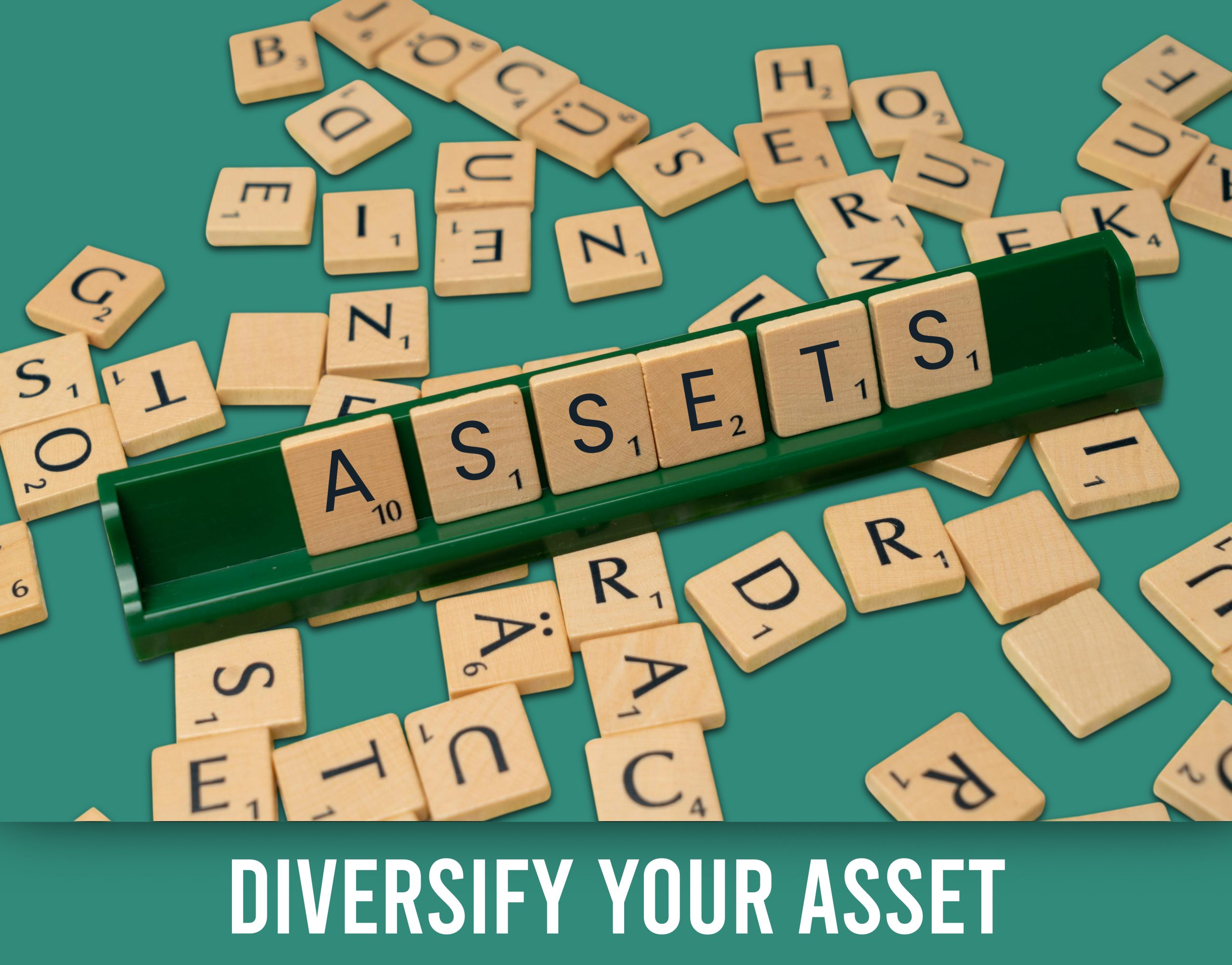Your Investment Guide to Crypto Asset Allocation
Within the past decade, cryptocurrencies have become popular investments with the potential to generate high returns. However, due to the crypto market’s volatility, smart asset allocation is vital. With this, it is about making calculated choices to maximize profits and minimize risk. To help you better understand crypto asset allocation, we have created the following guide. Here, we will discuss various allocation methods and provide practical insights to help you make informed decisions and reach your investment goals.
Why is Asset Allocation Crucial for Maximum Growth?
Asset allocation serves as the bedrock of a sound investment strategy and is a fundamental principle that every crypto enthusiast should understand. By diversifying your investments across different crypto assets, you’re not only optimizing your risk-reward profile but also increasing the likelihood of steady, long-term growth in the volatile crypto landscape. Here is why asset allocation matters:

- Risk Mitigation: Spreading your crypto holdings across various assets minimizes the impact of a downturn in any single investment, safeguarding your portfolio.
- Optimized Returns: A well-structured allocation strategy allows you to capture potential gains from different crypto assets, potentially enhancing overall returns.
- Market Volatility Management: Cryptocurrencies are known for their wild price swings. Allocation helps you balance the impact of these fluctuations.
- Long-Term Resilience: Consistently adjusting your portfolio to align with your financial goals and risk tolerance ensures enduring stability and growth.
- Personalization: Asset allocation can be tailored to suit your individual financial objectives, whether it is wealth preservation, income generation, or aggressive growth.
- Psychological Comfort: Knowing your investments are diversified provides peace of mind during turbulent market periods.
- Adaptability: The ability to recalibrate your portfolio as your financial goals evolve and market dynamics change is a powerful advantage.
- Risk-Return Optimization: Achieving the ideal balance between risk and reward is the cornerstone of successful crypto investing, and asset allocation facilitates precisely that.

Asset Allocation Principles in Crypto Investing
When it comes to crypto asset allocation, there are a few principles that every investor should know. These include:
Equal Weighting
Imagine evenly dividing your investment pie among different cryptocurrencies. Equal weighting means each digital asset gets an equal slice. This strategy aims to benefit from the overall market growth while avoiding the risk of putting all your eggs in one crypto basket. Keep in mind, though, it’s not a one-size-fits-all approach.
Market Cap Weighting
Think of this as investing more in the big players (like Bitcoin and Ethereum) and less in the smaller ones. The size of your investment in each crypto depends on your risk tolerance. Big caps offer stability, while small caps can bring higher returns – but also more volatility.
Sector-Based Allocation
Here, you allocate your crypto assets based on their specific uses. You might put some in DeFi and others in payment coins, privacy coins, or smart contract platforms. It is like diversifying your crypto toolbox.
Modern Portfolio Theory (MPT)
This theory is like a recipe for balancing risk and reward. It suggests spreading your investments across different cryptocurrencies with varying risk levels. If you are cautious, lean toward large-cap coins and stablecoins. For those seeking higher gains and okay with more risk, small-caps and NFTs might get a bigger slice. For your information we do not trade NFTs, they are very risky. Look at the down fall of NFT market places.
For instance, a balanced portfolio could be 60% large-cap, 20% mid-cap, 10% small-cap, 10% stablecoins.
How to Allocate Crypto Assets in Your Portfolio
Building a well-balanced crypto portfolio requires a methodical approach. Follow our step-by-step guide to navigate the complexities of crypto asset allocation:
- Define Your Financial Goals: Start by setting clear objectives for your investments. Are you wanting regular income, long-term growth, or maybe a mix of both? Either way, the goals you choose will shape your asset allocation strategy.
- Assess Your Risk Tolerance: Determine how much risk you are comfortable with. If you prefer a smoother ride, allocate more to stable coins and large-cap cryptos. For those ready to embrace volatility, consider a higher allocation to smaller-cap assets.
- Research and Due Diligence: Thoroughly research the cryptocurrencies you are considering. In this, you should aim to understand the technology they use, who is behind the asset, and how the coin ties into society. Avoid falling for hype; make informed decisions.
- Diversify Across Market Caps: Allocate a portion of your portfolio to large-cap, mid-cap, and small-cap cryptocurrencies based on your risk profile. Large-caps offer stability, while small-caps provide growth potential.
- Sector-Based Allocation: Distribute your assets across different sectors of the crypto market. Explore opportunities in DeFi, Payment coins, privacy coins, and more. This diversification can help balance risk.
- Stay Updated: The crypto landscape evolves rapidly. Stay informed about market developments, news, and regulatory changes that might impact your portfolio.
- Regularly Rebalance: Periodically review and adjust your portfolio to maintain your desired allocation percentages. Rebalancing ensures you stay aligned with your goals and risk tolerance.
- Consider Stablecoins: Include stable coins in your portfolio to provide stability during market turbulence. They act as a hedge against crypto volatility.
- Hardware Wallets and Security: Safeguard your investments with secure hardware wallets and follow best practices for crypto security.
- Seek Professional Advice: If you are uncertain about your crypto investment strategy, consider consulting a financial advisor or crypto expert for guidance.
By following these steps and customizing them to your specific financial situation and goals, you will be better equipped to create a well-balanced and resilient crypto portfolio. Remember that crypto investments carry inherent risks, and it is crucial to invest only what you can afford to lose.
Asset Allocation Tips for Beginners
If you are new to the world of crypto, mastering asset allocation can feel like entering uncharted territory. But not to worry! Below, you will find a few additional tips to help you navigate this aspect of investing.

- Start Small: If you are new to cryptocurrency, begin with a modest investment. As you gain confidence and experience, you can gradually increase your exposure to different assets.
- Educate Yourself: Take the time to learn about various cryptocurrencies, their technology, and use cases. Understanding the fundamentals is essential for making informed allocation decisions.
- Diversify Gently: While diversification is key, avoid spreading yourself too thin. Start with a few well-researched cryptocurrencies, and expand your portfolio as you become more comfortable.
- Stay Updated: Cryptocurrency markets move quickly. Keep abreast of the latest news and developments to make timely adjustments to your allocation strategy.
- Consider Dollar-Cost Averaging (DCA): Investing a set amount of money at regular intervals, regardless of market conditions, is known as dollar-cost averaging (DCA). This may help to reduce the impact of market volatility on your investments.
Final Thoughts
At the end of the day, successful asset allocation is both an art and a science. By applying these principles and tips, you can invest in crypto with greater confidence. Remember that every type of investment carries risks, so it is essential to approach them with caution and a long-term perspective. As you begin your journey into the world of cryptocurrency, may your portfolio be diversified, your objectives realized, and your investment acumen constantly sharpened.
